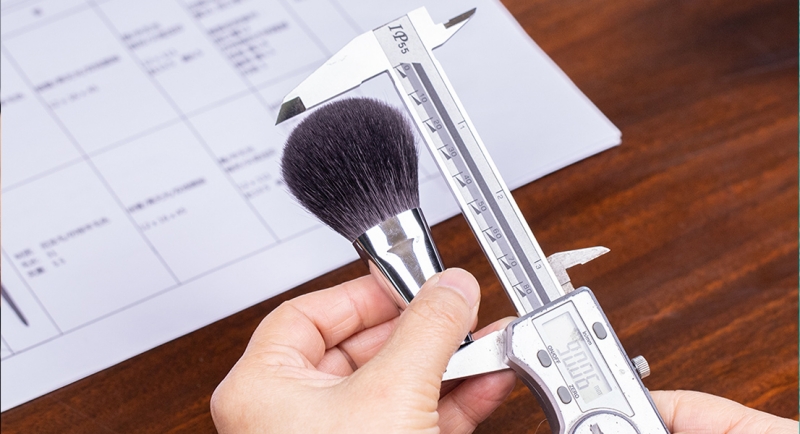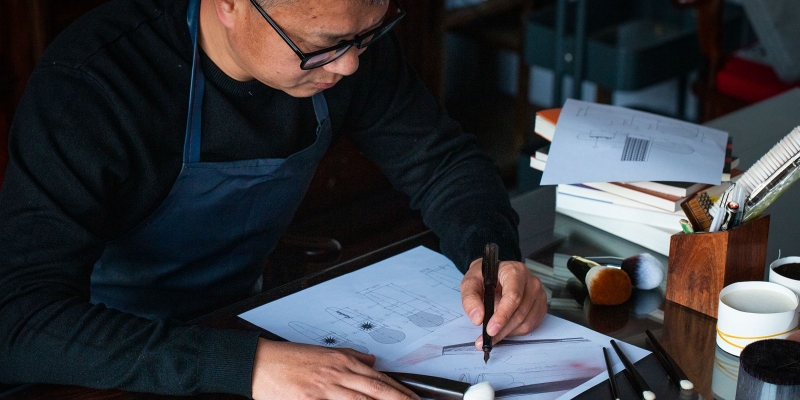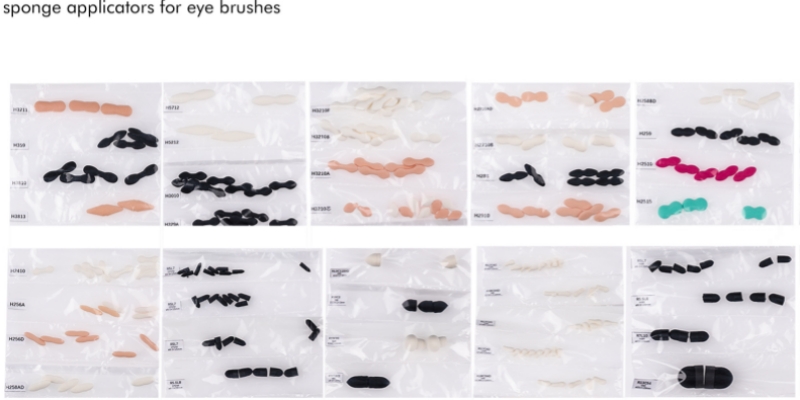+86 177 3459 9158
+86 177 3459 9158
May. 20, 2024
Are you planning to launch a new line of makeup brushes or expand your existing collection? If so, you might have encountered the terms "OEM" and "ODM" while searching for a manufacturer. These terms represent different types of manufacturing services for producing makeup brushes.
OEM stands for "Original Equipment Manufacturing," while ODM stands for "Original Design Manufacturing." Understanding the differences between these types of manufacturers is crucial for making an informed decision.
OEM (Original Equipment Manufacturing) involves a company manufacturing and producing makeup brushes based on the client's specifications and designs. Brands working with an OEM manufacturer like Green Brush must supply detailed requirements, including brush designs, materials, and branding elements. This allows brands to create unique, high-quality products that stand out in the market and meet the specific needs of their target customers.
ODM (Original Design Manufacturing) involves a company designing and producing makeup brushes based on its own specifications, with the option for clients to modify existing products. In this arrangement, an ODM manufacturer like Green Brush handles everything from planning and design to development and manufacturing, including packaging and branding elements. This allows brands to quickly bring products to market by selecting from pre-designed options and making necessary modifications.
OEM and ODM services offer unique advantages, and the choice between them depends on the level of involvement and control the brand desires over the product development process.
OEM: In an OEM partnership, the brand provides the specifications, designs, and materials for the product. The OEM manufacturer's role is to produce the product according to these detailed instructions. The brand must have a clear concept of the finished product, as the OEM company focuses primarily on manufacturing and quality control.
ODM: In an ODM partnership, the manufacturer takes on a more comprehensive role, handling the entire design and production process. This includes creating the initial concept, developing the design, formulating materials, and manufacturing the product. ODM companies, like Green Brush, offer a range of pre-developed products that brands can choose from and modify to meet their specific needs.

OEM: The development time for OEM products can be longer, as the manufacturer must create new products from scratch based on the client's specifications. This process involves extensive testing and trials to ensure the product meets the brand's requirements, which can extend the development timeline.
ODM: ODM products typically have shorter development times since they are based on existing designs and formulations. Brands can select from a range of pre-developed products and make necessary adjustments, allowing for a quicker turnaround from concept to market.
OEM: In an OEM arrangement, the brand retains most of the intellectual property (IP) rights, including product design and formulation. This is because the brand provides the initial concept and specifications, and the manufacturer merely executes the production.
ODM: In an ODM arrangement, the manufacturer often retains more of the IP rights due to their involvement in the product's design and development. However, brands can negotiate licensing and usage agreements to define the terms of IP ownership and usage.
OEM: OEM manufacturers may have higher minimum order quantity (MOQ) requirements, as they need to justify the costs involved in developing new products based on the client's specifications. The MOQ ensures that the production run is economically viable for the manufacturer.
ODM: ODM manufacturers generally have lower MOQ requirements because they are modifying existing products rather than creating new ones from scratch. This makes ODM a more flexible option for smaller brands or those looking to test new products in the market.
OEM: Choosing OEM production can be cost-effective for brands because it allows them to avoid certain development costs, such as formulation research and packaging design. By outsourcing production to an OEM manufacturer, brands can benefit from economies of scale and reduce upfront investment.
ODM: ODM partnerships might involve higher costs due to the manufacturer's comprehensive involvement in the design and development process. Brands may incur additional expenses for product concept creation, formulation development, and packaging design. However, these costs can be offset by the faster time-to-market and reduced risk associated with using pre-developed products.

Partnering with Green Brush offers several benefits, whether you choose OEM or ODM services:
OEM: Working with an OEM manufacturer like Green Brush provides a cost-effective solution for brands. By leveraging the manufacturer's existing infrastructure, production capabilities, and economies of scale, brands can benefit from lower production costs compared to setting up their own manufacturing facilities. This is particularly advantageous for small brands or startups with limited resources.
ODM: While ODM might have higher upfront costs, it offers significant savings in time and resources. Brands can quickly bring products to market without the need for extensive in-house R&D, design, and testing. This allows brands to focus their resources on marketing, distribution, and building customer relationships.
OEM: OEM manufacturers like Green Brush possess specialized expertise and experience in makeup brush production. They have the technical knowledge, quality control processes, and industry standards required to produce high-quality products that meet regulatory requirements and consumer expectations.
ODM: ODM manufacturers also ensure high-quality standards, utilizing their comprehensive understanding of design and production to create reliable and innovative products. Brands benefit from the manufacturer's established quality control measures and industry expertise.

OEM: OEM manufacturers invest in advanced technology and equipment to ensure efficient and precise production. Brands working with an OEM partner gain access to these resources, which might be cost-prohibitive to acquire independently. This allows for innovative product development and maintaining a competitive edge in the market.
ODM: ODM manufacturers also invest in modern technology and innovation to optimize production processes and maintain consistent quality. Brands partnering with an ODM can leverage these advancements to create cutting-edge products without significant capital investment.
OEM: By outsourcing production to an OEM manufacturer, brands can allocate more time and resources to branding and marketing activities. This includes market research, brand development, and customer engagement, which are crucial for establishing a strong market presence and building brand loyalty.
ODM: ODM partnerships allow brands to focus on their core competencies, such as marketing and distribution, while the manufacturer handles product design and development. This collaborative approach helps brands quickly respond to market trends and consumer demands.
OEM and ODM makeup brush manufacturing processes offer unique opportunities for brands aiming to launch new products or expand existing lines. While these processes have overlapping advantages, choosing one over the other should be based on the brand's needs. For example, brands seeking full customization and higher control might opt for OEM, while those prioritizing shorter lead times might prefer ODM.
By partnering with Green Brush, you can benefit from comprehensive OEM and ODM services tailored to your specific needs. Contact Green Brush today to discuss your makeup brush manufacturing requirements and take your brand to the next level!
Leave a Message
